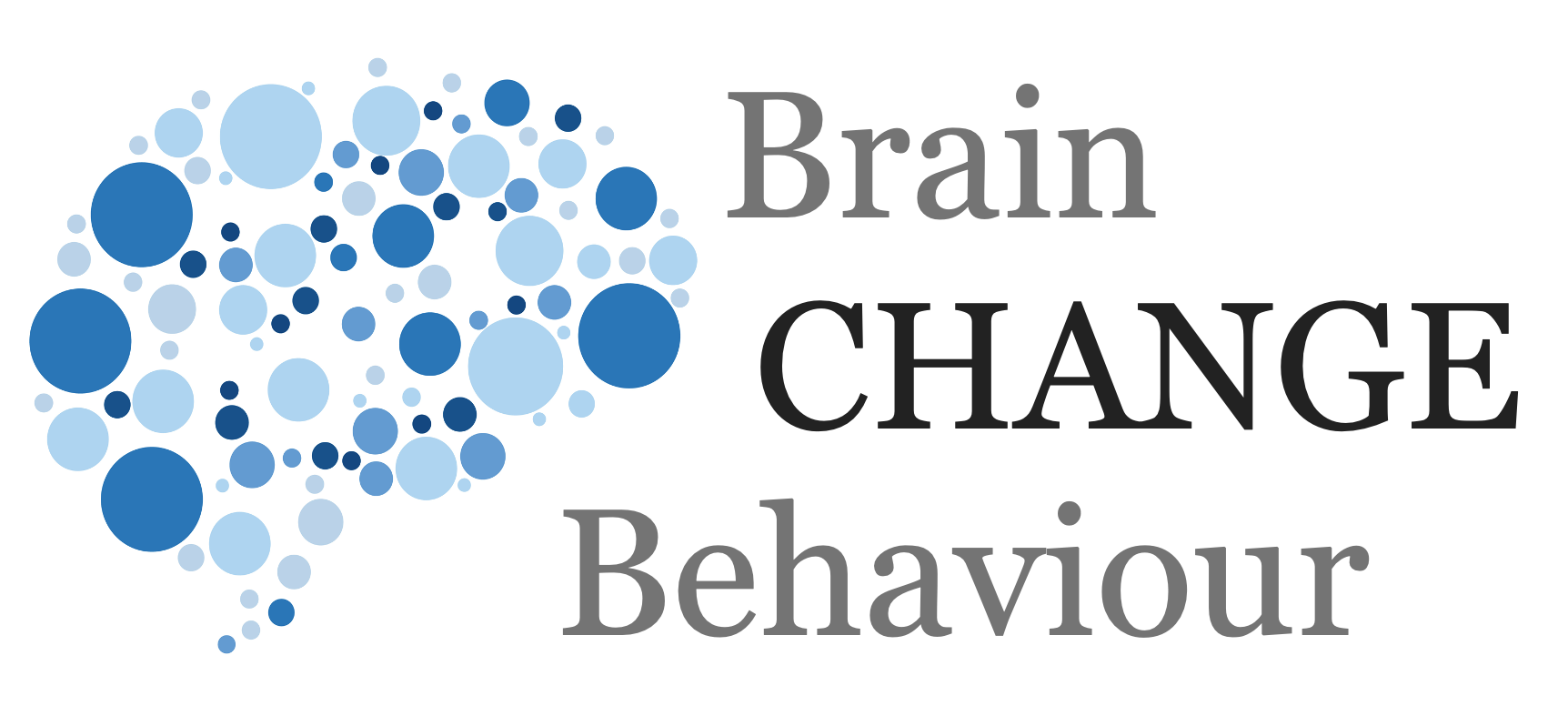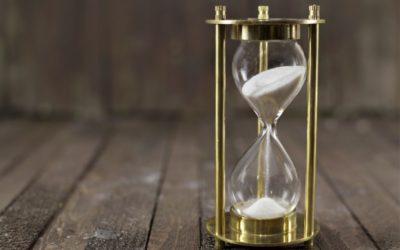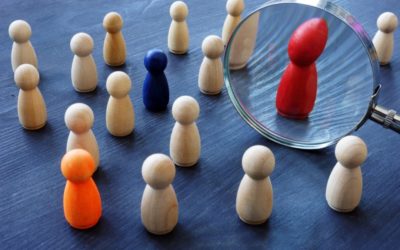Article
Change Models

When a combination of motivation and ability places a person above the activation threshold, then a prompt will cause that person to perform the target behavior. If a person is placed below the activation threshold, then a prompt will not lead to the target behaviour.
The B-MAT model is similar to the COM-B model included in the Behavioural Change Wheel which aims to explain behaviour and its antecedents and therefore aim to guide behavioural change attempts. It was put forward by BJ Fogg of the Persuasive Technology Lab of Stanford University. It is therefore also called the Fogg Behaviour Model (FBM)
B-MAT states that behaviour is a result of Motivation + Ability + Triggers. These are further broken down into key components.
Motivation:
-
- Sensation – these are our primitive motivations with little thinking or reflection involved.
- Anticipation – these are our reward (or fear) based motivation either through positivity, or financial, or alternative rewards.
- Belonging – is driven by our social desire to be part of a group and our sensitivity to social views and acceptance.
Ability:
-
- Time: The individual has the time to perform the target behaviour or the time taken is very low.
- Money: The individual has enough financial resources to pursue/start the behaviour. In some cases money can buy time.
- Physical effort: Target behaviours that require physical effort may not be simple enough to be performed.
- Brain cycles: Target behaviours that require high cognitive resources may not be simple hence undesirable for behaviour change.
- Social deviance: These include behaviours that make the user socially deviant. These kind of behaviours are not simple.
- Non-routine: Any behaviour that incurs disrupting a routine is considered not simple. Simple behaviours are usually part of routines and hence easy to follow.
Triggers
-
- Spark: The spark is a trigger that comes with added motivation. It’s perfect for those who have the ability but lack the motivation.
- Facilitator: While some people have the motivation, they still can’t achieve what they want to. For these people facilitation is needed either trhough guidance, or training, or support.
- Signal: Some people are ready to change. They have the motivation, they have the ability, all they need is the starting gun to fire and they’ll get going. Hence all they need is a spark.
Summary
B-MAT is a useful tool for analysing behaviour and particularly in indivdual case but also in larger scale initiatives. However, it fails to fully describe motivation (SCOAP is more accurate and comprehensive here). It also fails to include environmental contexts though some of these will be included in the Ability section.
It is still a useful and easy to understand guide for individual change.
Simple Takeaways
-
- Behaviour is driven by Motivation + Ability + Triggers
- B-MAT give you a framework to analyse behaviour and hence design interventions
© leading brains 2022
Reference
More Articles
The Equilibrium Effect
Things in life tend towards certain balances. This is particularly true in large systems and this is why change can happen in small contexts and be very effective or successful but in large systems different rules apply.
The supply side of scaling
There are a number of problems with the supply side – being able to supply the resources and competencies to drive change.
Unintended consequences and negative spillovers
We all know that any change – well, obviously, changes something. But this also means there will be various knock-on effects
Representativeness of the Situation
“You had to be there” is an expression that says you had to be in a particular situation, in that particular vibe, to fully understand a situation.
Representativeness of the Population
When we get a good idea, we may know it is a good thing. And because we know it is a good thing we may then falsely assume – without really thinking this through – that everybody thinks this is a good thing.
False Positives – The inference problem
A false positive has become better-known to the general public during the pandemic and with COVID-19 testing particularly with home based quick tests.






